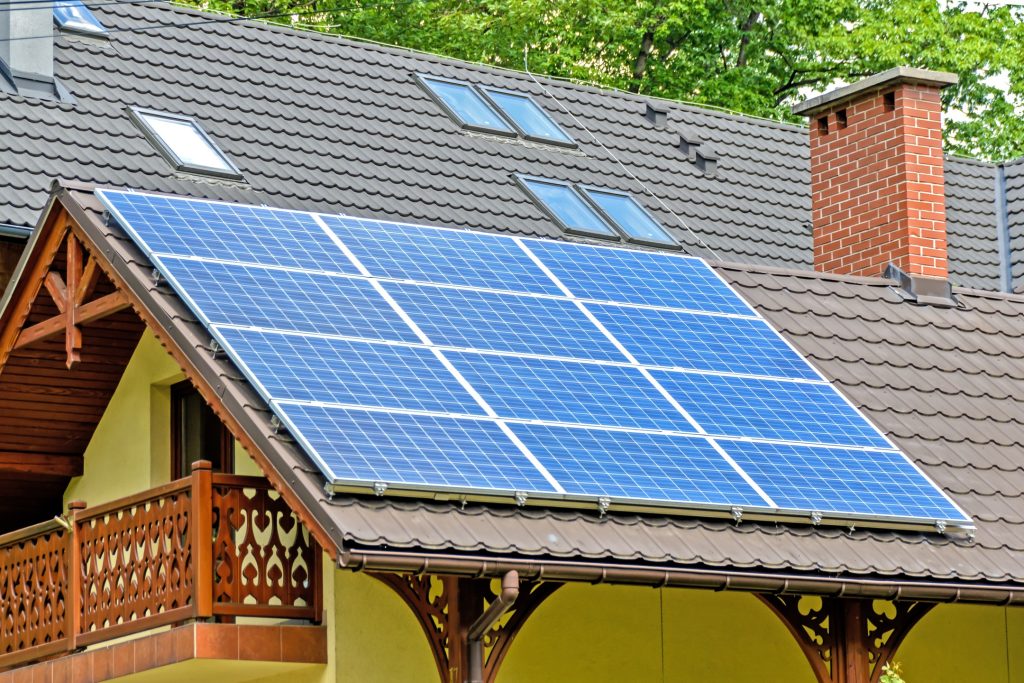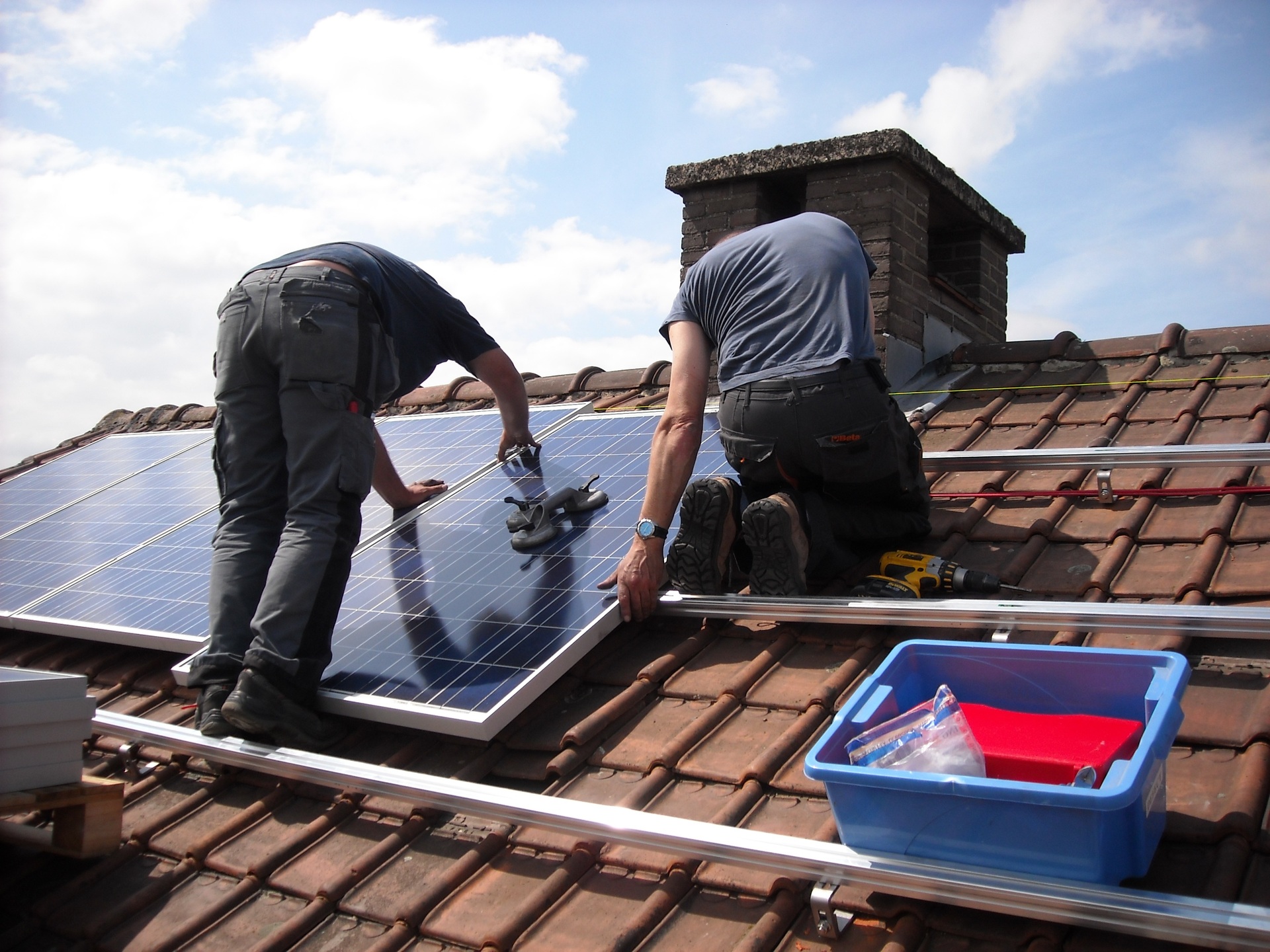The solar energy market is evolving rapidly, making it essential for homeowners and businesses to stay updated on current pricing trends. If you are considering installing solar panels, one of your first questions is likely to be: what is the average cost of solar panel installation in 2025?
Answering this involves analyzing national and local price trends, system sizes, incentives, and long term benefits. This comprehensive guide will break down the latest costs, explore what drives them, and help you determine how much you should expect to invest in solar energy this year.

Table of Contents
- Solar Panel Installation Cost Overview in 2025
- Key Factors Affecting the Average Cost of Solar Panel Installation
- Cost by Solar System Size
- Average Solar Panel Installation Cost by State in 2025
- Breaking Down the Solar Installation Costs
- How Incentives and Tax Credits Affect Solar Costs
- Long Term Value and Return on Investment
- Conclusion: Making the Most of Solar Panel Installation in 2025
Solar Panel Installation Cost Overview in 2025
If you are searching for the average cost of solar panel installation in 2025, you will find that prices have remained competitive as technology improves and more manufacturers enter the market. According to the latest industry reports and national surveys, the average cost of solar panel installation in 2025 is around $2.60 to $3.10 per watt before tax credits and incentives. This means a typical 6 kW residential solar system could cost between $15,600 and $18,600 before incentives.
Costs have stabilized in recent years due to supply chain improvements and innovations in solar panel manufacturing. As battery storage becomes more affordable, you may also find new value in pairing panels with solar batteries, although this adds to the initial price. When planning your investment, always check whether reported figures include installation, equipment, permitting, and warranty coverage.
Key Factors Affecting the Average Cost of Solar Panel Installation
Although it is useful to know the national average, the true cost of your solar installation will depend on several factors specific to your situation. Here are the main drivers that affect what you will pay for solar panels in 2025:
- System Size: Larger systems require more panels and installation labor, increasing the overall cost but usually lowering the price per watt.
- Type of Solar Panels: Premium monocrystalline panels are more efficient and expensive than polycrystalline or thin film alternatives.
- Roof Characteristics: Complex roof designs, steep slopes, or multi story homes usually lead to higher installation fees.
- Location: Labor costs, state and local incentives, and required permits can all vary, affecting your bottom line.
- Inverter and Batteries: If your system includes microinverters, power optimizers, or battery storage, expect additional expenses.
- Installer Choice: Established or certified companies may charge more, but they often provide higher quality and longer warranties.
Understanding these factors allows you to estimate costs more accurately and compare quotes from different providers.
Cost by Solar System Size
Most residential solar energy systems in the United States range between 5 kW and 10 kW. The following breakdown offers an average price guide for system sizes in 2025:
- 5 kW system: $13,000 to $15,500 before incentives
- 6 kW system: $15,600 to $18,600 before incentives
- 8 kW system: $20,800 to $24,800 before incentives
- 10 kW system: $26,000 to $31,000 before incentives
The price per watt usually decreases as system size increases. For example, a larger home using a 10 kW system will pay less per watt than a smaller property with a 5 kW installation. These figures cover most typical homes. Commercial projects or properties with unique energy needs can differ significantly.
Battery Storage Costs
If you add a battery backup, such as a Tesla Powerwall or Enphase battery, expect an additional $8,000 to $14,000 for a single unit battery system. The extra cost may be worthwhile if you need backup during grid outages or wish to maximize your use of stored solar power instead of buying electricity at peak rates.
Average Solar Panel Installation Cost by State in 2025
Solar installation prices vary widely from state to state. Location affects cost because of differences in electricity rates, local incentives, labor rates, installation demand, and permitting requirements. In 2025, most states see prices between $2.40 and $3.50 per watt, but certain regions are notable outliers.

- California: $2.80 to $3.30 per watt
- Texas: $2.60 to $3.00 per watt
- Florida: $2.50 to $3.00 per watt
- New York: $2.80 to $3.40 per watt
- Massachusetts: $2.90 to $3.50 per watt
- Arizona: $2.40 to $2.90 per watt
- Nevada: $2.40 to $2.95 per watt
States with strong solar adoption often enjoy competitive pricing because of market demand and robust solar installer networks. However, in areas with strict local permitting or fewer installers, costs can be higher.
Breaking Down the Solar Installation Costs
A solar panel installation consists of several components, each contributing to the total cost. Knowing where your dollars go is crucial when you compare bids from solar providers.
- Solar Panels: Usually 30 to 40 percent of total cost, depending on type and quality
- Inverter(s): Converts DC to AC; 10 to 15 percent of total cost
- Mounting and Racking Equipment: Ensures panels are secure and angled correctly; 10 percent of total cost
- Electrical Hardware: Wiring, conduit, junction boxes, combiner boxes, and disconnects
- Labor: Design, permitting, utility interconnection, and installation labor generally make up 15 to 25 percent
- Permitting and Inspection Fees: These vary widely by city, making up a small but important part of the expense
- Warranties and Monitoring: Systems often include product and performance warranties and may offer ongoing monitoring for quality assurance
When you compare solar quotes, always ask for a line item breakdown. The most expensive quote does not necessarily mean the best value, but understanding exactly what you are paying for helps you make a confident and informed decision.
How Incentives and Tax Credits Affect Solar Costs
One key reason solar is more affordable in 2025 is the array of financial incentives available to property owners. The federal solar investment tax credit, or ITC, remains strong, covering up to 30 percent of the total system cost in many cases. State and utility rebates can reduce prices even further. Here is how incentives can lower your out of pocket expenses:
- Federal Solar Tax Credit: Claim up to 30 percent of your installation and equipment costs as a tax credit
- State Rebates and Incentives: Many states and utilities offer cash rebates, production incentives, or property tax exemptions for solar power
- Net Metering: Some states allow you to earn credits on your utility bill for the excess energy your system produces
- Local Incentives: Cities or counties may offer their own tax credits or fast track permitting for going solar
Always research incentives in your state and ask your chosen installer to apply them upfront in their bid. Incentives can shift the return on investment timeline and the total out of pocket amount dramatically.
Long Term Value and Return on Investment
Although the average cost of solar panel installation in 2025 reflects a significant initial investment, solar is one of the few home improvements that eventually pays you back. Most homeowners see a return on investment (ROI) between 6 and 10 years, depending on local electricity costs and system size. After the ROI period, you generate nearly free electricity and insulate yourself against rising utility rates.
Key benefits that contribute to long term solar value include:
- Monthly reduction or elimination of your electricity bill
- Potential earnings from net metering programs
- Added home value, as buyers increasingly seek properties with lower energy costs
- Reduced carbon footprint, with positive long term effects for the environment
- Financial protection against utility rate hikes and increasing energy demand
Maintenance costs for solar panels remain low, usually limited to periodic cleaning and occasional inverter replacement after 10 to 15 years. Panel degradation is slow, meaning most systems produce 85 percent or more of their rated power after 25 years.
Conclusion: Making the Most of Solar Panel Installation in 2025
The average cost of solar panel installation in 2025 offers a strong value proposition, delivering dependable energy, potential savings, and environmental benefits. As you consider this home improvement, factor in system size, type of equipment, your local incentives, and the expertise of your chosen installer. Upfront costs have decreased while incentive programs have increased the affordability of solar like never before.
By staying informed about pricing trends and incentive opportunities, you can make the most out of your solar investment. Whether you want to lower your electricity bills, add resale value to your property, or reduce your carbon footprint, now is a great time to consider solar panel installation to secure your energy future.





